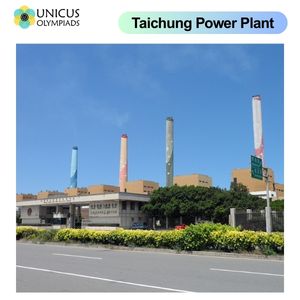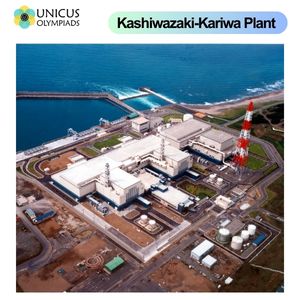

Thermal power plants, also known as conventional power plants, are some of the most common sources of electricity generation in the world. These plants convert thermal energy (usually derived from burning fossil fuels like coal, oil, or natural gas) into electrical energy. Thermal power projects are an essential part of the energy infrastructure in many countries, providing reliable and scalable power to meet the demands of industries, businesses, and residential areas. This article explores how thermal power plants generate electricity, the different types of thermal power projects, and some major projects around the globe.
Thermal power plants work on the principle of converting heat energy into electrical energy. This process typically involves the combustion of fossil fuels, although other heat sources (such as nuclear reactions) can also be used. The process is relatively similar across different types of thermal power plants, though the specific method and fuel source may vary. The fundamental steps involved are:
The basic thermodynamic cycle used in most thermal power plants is known as the Rankine cycle. This cycle involves heating water to produce steam, which is then used to turn a turbine connected to a generator that produces electricity. The main steps are as follows:
The most common fuels used in thermal power plants are coal, natural gas, and oil. The choice of fuel depends on local availability, economic factors, and environmental regulations. Below are the primary fuel sources used in thermal power plants:
Thermal power plants can be classified into several different types based on their fuel sources and technology. The most common types include coal-fired, natural gas, and oil-fired plants. There are also other types of thermal plants such as nuclear power plants, which use nuclear reactions to generate heat. Let’s explore these types in more detail:
Coal-fired power plants are the most traditional and widely used type of thermal power plant. These plants burn coal to generate steam, which drives a turbine connected to a generator. Despite their role in power generation, coal-fired plants are often criticized for their environmental impact, particularly their contribution to greenhouse gas emissions and air pollution.
Natural gas power plants have become increasingly popular due to their higher efficiency and lower emissions compared to coal-fired plants. In a combined cycle gas turbine (CCGT) plant, natural gas is burned to drive a gas turbine. The waste heat from this process is then used to generate steam, which drives a steam turbine for additional power generation. This combined cycle increases the overall efficiency of the plant.
Oil-fired power plants operate similarly to coal-fired plants but burn oil as the fuel source. These plants are typically used in regions where other fuel sources, such as coal or natural gas, are not readily available. However, due to higher operating costs and environmental concerns, oil-fired plants are becoming less common and are generally used as peaking plants or backup power sources.
Nuclear power plants also generate electricity through thermal energy, but instead of burning fossil fuels, they use nuclear reactions to produce heat. In a nuclear power plant, uranium or plutonium is used as fuel, and the heat from nuclear fission is used to produce steam, which drives a turbine and generates electricity. While nuclear power plants do not emit greenhouse gases, they have raised concerns about safety, waste disposal, and the potential for accidents.
Thermal power plants are present in nearly every country, and some projects stand out due to their size, capacity, and importance. These projects help supply electricity to millions of people, contributing significantly to national energy needs.
The Taichung Power Plant is the largest coal-fired power plant in the world, located in Taiwan. With a capacity of 5,500 MW, it is a crucial part of Taiwan’s energy infrastructure. Despite its size and importance, the plant has been subject to environmental criticism due to the significant CO2 emissions associated with coal combustion.

The Kashiwazaki-Kariwa Nuclear Power Plant is the world’s largest nuclear power plant in terms of net electrical power-generating capacity. Located in Japan, this plant plays a key role in providing electricity to the country. However, it has faced challenges, particularly after the Fukushima disaster, which led to a reevaluation of nuclear power in Japan.

The Suratgarh Super Thermal Power Station is one of India’s major coal-fired power plants. Located in Rajasthan, this plant has a capacity of 1,500 MW and plays an important role in supplying power to the northern regions of India. Like many other coal plants, it faces challenges related to environmental impact, including air pollution and water usage.

Thermal power plants, particularly those that burn fossil fuels, have significant environmental impacts. These include greenhouse gas emissions, air pollution, water usage, and habitat destruction. The burning of coal and oil releases large amounts of carbon dioxide, contributing to climate change. Additionally, coal mining can have destructive effects on ecosystems, and water used for cooling can affect local water supplies.
To address these challenges, many countries are investing in cleaner technologies such as carbon capture and storage (CCS) and transitioning to less harmful fuel sources like natural gas. Combined-cycle gas turbines (CCGT) are more efficient and have lower emissions than coal-fired plants. Some countries are also exploring the potential of clean coal technologies to reduce the environmental impact of coal-burning plants.